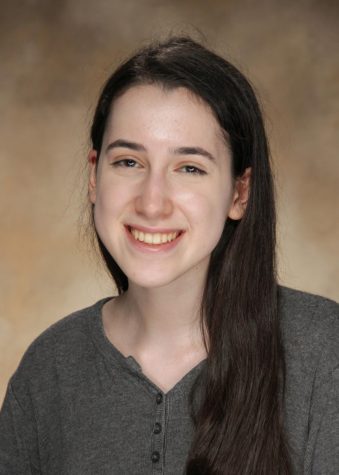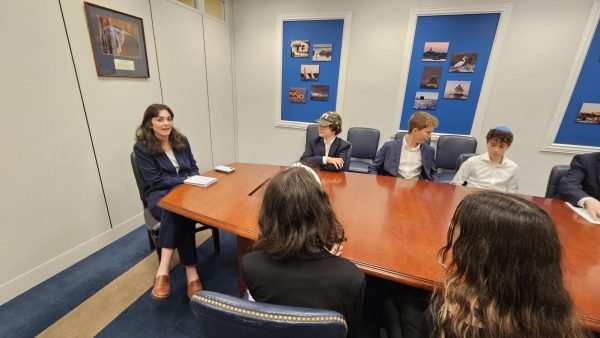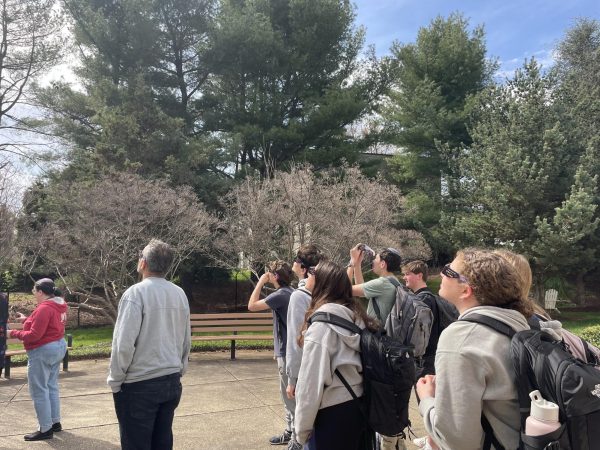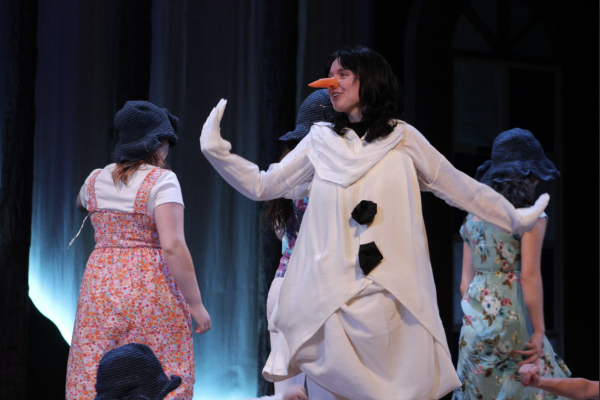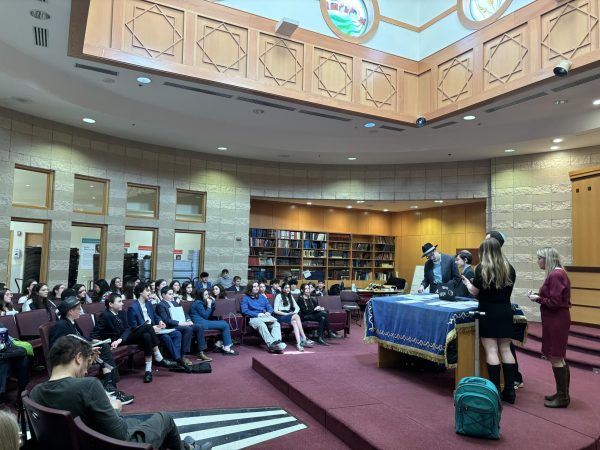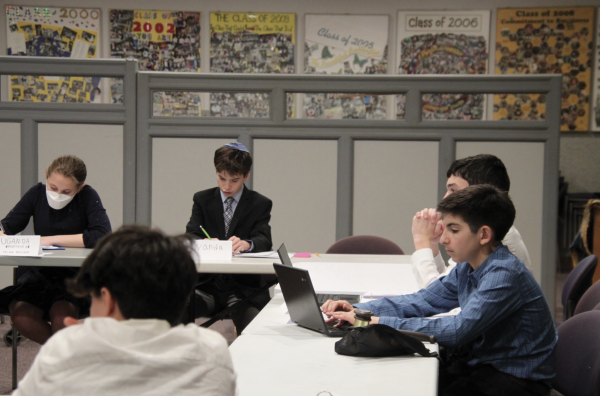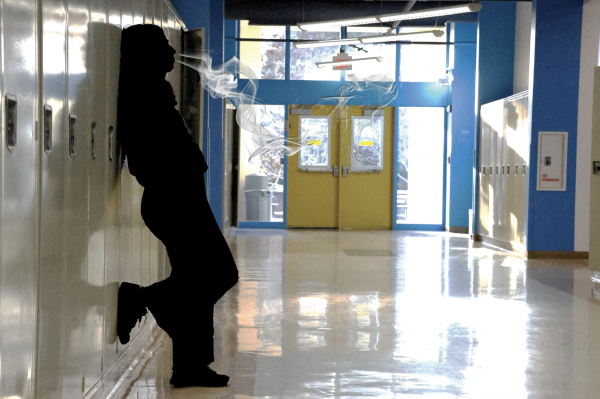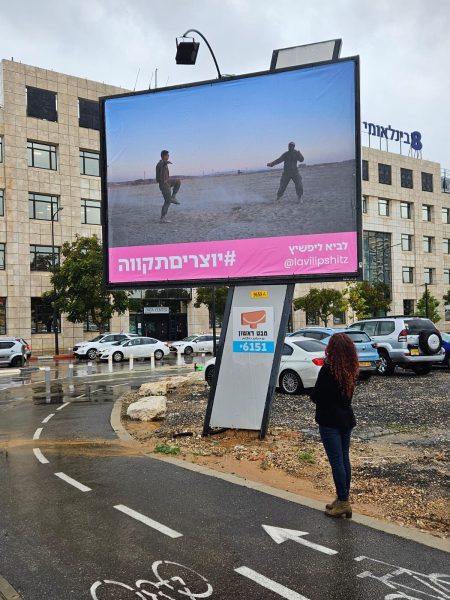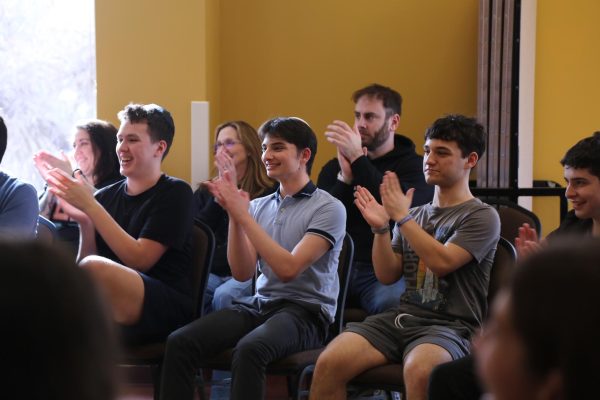Jewish text classes offered online for variety, convenience
This year, students are able to take their learning out of the classroom and into the virtual world.
Online Jewish classes were offered to students in tenth through twelfth grade for the first time this semester. According to Director of Instructional Technology Ginger Thornton, the approximately 20 participants for the fall semester are mostly upperclassmen who have elected to take Experiencing Jewish Texts and Identity through the Arts; however, there are also a few sophomores taking an advanced Talmud course, Responsibility and Restitution: Perek HaChovel and a few enrolled in Pairs in the Tanakh.
The courses were all offered as part of the Online Judaic Studies Consortium founded by the Avi Chai Foundation. The consortium, which was established in 2016, offers various online Jewish classes to Jewish day school students
Although the online Jewish classes have been restricted to high schoolers, the eighth grade is currently enrolled in a digital citizenship course from OJSC. According to Thornton, this course will give the students a taste of what an online course is like, which can be helpful should students choose to fulfill their health requirement through an outside online class, for example.
When students have an online Jewish text class in their schedule, they come to the library to work and complete assignments such as discussion board posts. The students have a teacher with whom they interact online, but for the most part the course is self-paced and individual.
“It’s kind of a cross between a study hall and a self-contained experience,” Thornton said.
Lessons and assignments in the course are scheduled on a weekly basis, but students can complete their work at their own pace within that week. Thornton said that often this will involve checking multiple times on the discussion board — to post and then to respond.
“It’s much more meant to sort of fit within the rhythm of a school day in that sense, but there’s no distinction between work you do at school and work you do at home,” Thornton said.
According to Thornton, offering online classes this year has been especially useful, as there are several students who have encountered scheduling difficulties and this allows them more flexibility. The courses are offered for free to students.
Junior Matthew Lessans finds this versatility both useful and difficult. Since there is no one there to monitor students’ work, the course involves more responsibility than an ordinary class. Lessans described joining the class as a “rough start,” as it is hard to arrange a time to complete all of the coursework; in the online courses, there is no difference between homework and classwork, as it is all due at the same time, so students must also budget their time for this.
Lessans decided to take Experiencing Jewish Texts and Identity through the Arts after hearing from a friend about the opportunity. According to the OJSC website, the course introduces students to “classical and modern artistic representations of Jewish texts and provide[s] students with an opportunity to create their own artistic interpretations of Jewish texts.”
Lessans has found the class interesting and a “unique opportunity,” as he is exploring a topic he has not encountered before in his studies.
All OJSC teachers are required to take an online course called Online Teaching Methodologies, in which they learn how to adjust to online teaching and build their own course. All instructors who teach the online courses that JDS students are enrolled in are teachers at different Jewish day schools throughout the country. For example, the instructor of the arts course, Matt Reingold, is a Jewish History, Jewish Philosophy and Tanakh teacher at TanenbaumCHAT, the Community Hebrew Academy of Toronto. In the online course, Reingold is there “in spirit,” Lessans said, as he is always sending updates and reports to students with feedback on how they can improve their work.
According to Jewish Text Department Chair Aviva Gershman, the relationship between teachers and students in online courses is slightly different than when they are face-to-face in school.
Gershman said that in a physical classroom, teachers can display their personality by smiling or stopping a discussion to check for confusion. In an online course, on the other hand, teachers are more concerned with developing a relationship in which students feel like they are engaging with the teacher without being there in person.
According to Gershman, one of the most important parts of any class is that there are conversations that would not occur if students worked individually. In terms of an online class, Gershman said dialogue between students still exists, but it is less “organic.” Whereas real-time conversations can include spontaneous reactions, discussion boards can lead to more stale comments.
“If a student is learning a text on their own, that’s amazing and that’s great and that’s what we want students to do, but it’s your ideas and your ideas only,” Gershman said. “[A group setting] gives you an opening to lots of different perspectives that you might not have otherwise thought of.”
Gershman, along with Jewish History Department Chair Sarah Coxe, was consulted when JDS was determining which courses to offer students. The classes selected were not already offered, as their purpose is to serve as a supplement rather than a replacement for classes offered in school.
For example, students coming from other schools who have already engaged with the material offered by the schools can be offered a different choice, like the option to take the Talmud course in Bava Kamma rather than the chapter the JDS course explores.
In the same way, Gershman said that online Jewish classes can expand the school’s offerings because the school can only offer a finite number of courses due to scheduling restrictions.
“I admire that we’re always trying new things, we’re always taking new risks,” Gershman said. “I think hopefully at the end of this semester we’ll get a lot of feedback from the students who did take the online classes to get a sense of that tells us about where we want to be as a department and moving forward and expanding our offerings.”
This story was featured in the Volume 35, Issue 2 edition of The Lion’s Tale, published on Oct. 20, 2017.
